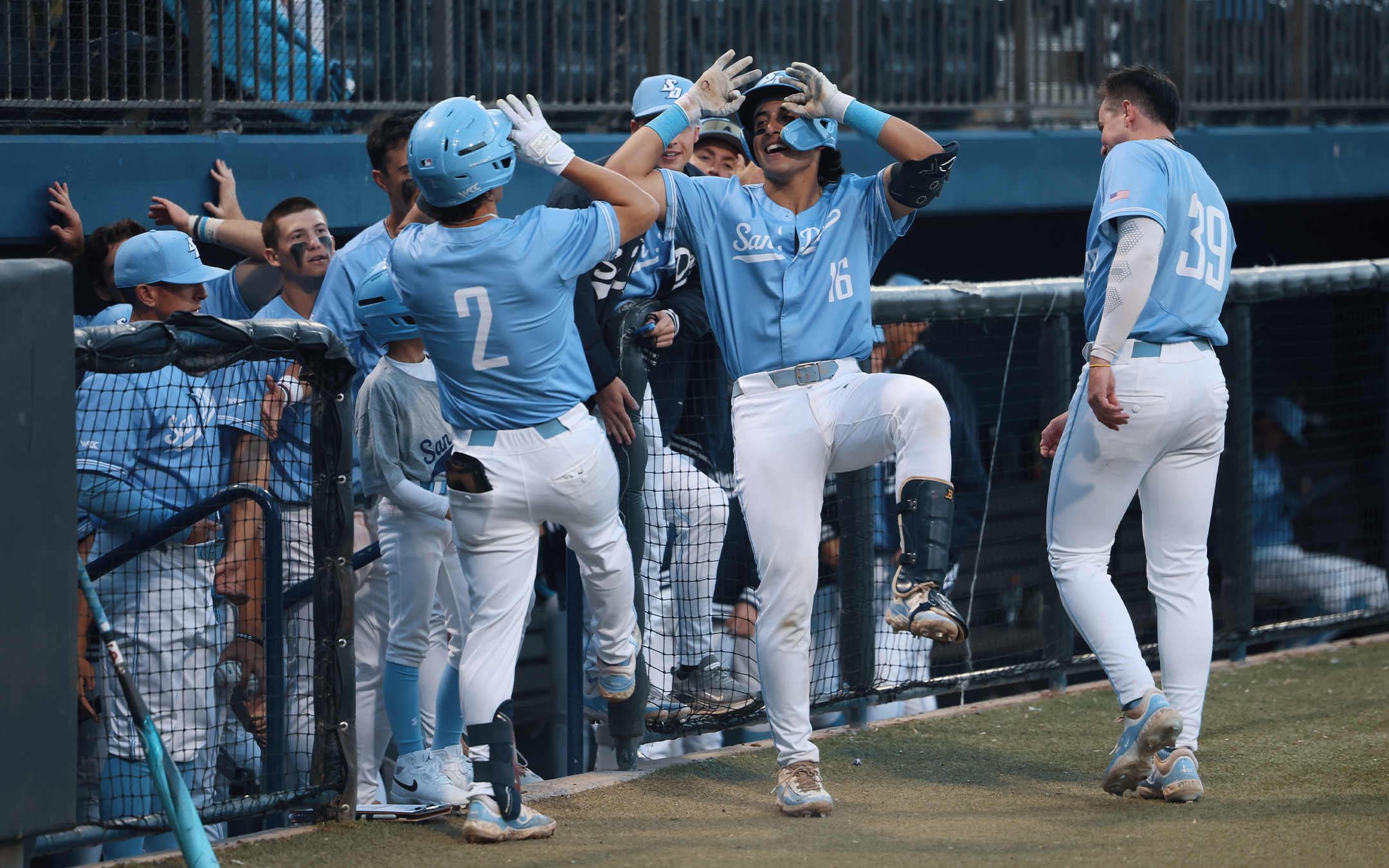San Diego County will follow the federal government's recommendation to pause usage of the Johnson & Johnson vaccine as the department investigates rare but potentially dangerous blood clots.
The Centers for Disease Control and Prevention and the Food and Drug Administration said they were investigating after 6 women between the ages of 18 and 48 experienced unusual clots 6 to 13 days after vaccination. The clots occurred in veins that drain blood from the brain and occurred together with low platelets.
The six cases are among more than 6.8 million doses of the J&J vaccine that have been administered across the U.S. and the vast majority of people experience mild or no side effects.
"These events appear to be extremely rare," the agencies said in a joint statement.
Get San Diego local news, weather forecasts, sports and lifestyle stories to your inbox. Sign up for NBC San Diego newsletters.
The CDC and FDA reported the women had a type of clot called cerebral venous sinus thrombosis (CVST) that occurs typically in patients under 50 and predominantly in women.
The reports appear similar to a rare, unusual type of clotting disorder that European authorities say is possibly linked to another COVID-19 vaccine not yet cleared in the U.S., from AstraZeneca.
Local
San Diego County was already bracing for a steep drop in J&J vaccine supply after a manufacturing mistake at a Johnson & Johnson plant in Baltimore led to the recall of 15 million vaccine doses last week. The nearly 5 million doses expected for distribution across the U.S. dropped to nearly 700,000.
San Diego County was only expected to receive about 3,400 J&J doses for the entire week, so the pause is not likely to make a large impact on distribution efforts, San Diego County Supervisor Nathan Fletcher said.
"It’s a minor disruption but we want to make sure we’re safe. And we want to make sure this is being done right and so we will continue ahead with Moderna and Pfizer, which represents a vast majority of vaccines in San Diego County," Fletcher said.
Cal Fire San Diego, who often distributes the J&J vaccine to rural communities through a program called Operation Collaboration, said that they are working to use other supply -- either Moderna or Pfizer -- to continue their process on Tuesday. Fletcher said they will reassess what will be used for harder-to-reach communities but reassured they wouldn't be left behind.
The stats didn't concern Greg Lanphear, a Ramona resident who had an appointment for the J&J scheduled for Tuesday in San Diego County, who said he would have preferred the single-dose shot. Instead, he would get one of the two-dose vaccines.
"Six, seven million people got vaccinated, and there was only six people that had some problems, but I was going to get [the J&J shot] anyway, Lanphear said.
On Tuesday, California ordered counties to halt J&J distribution but also said the action wouldn't significantly impact their vaccine supply and wouldn't affect the state's reopening schedule of June 15. The state's supply dropped from 572,700 doses to about 68,000 doses due to the manufacturing fluke.
"In California, less than 4% of our vaccine allocation this week is the Johnson & Johnson vaccine," said state epidemiologist Dr. Erica Pan.
Sites that administer the J&J vaccine will need to hold on to their supply until the FDA gives further guidance on its usage. A federal advisory committee is scheduled to meet Wednesday to review the reactions and consider how to proceed, and officials said they expect more information in a few days.
Pan also said California will also convene a regional scientific safety workgroup to review information provided by the federal government. The review group created by California and joined by Nevada, Washington and Oregon approved Johnson & Johnson for use in the states on March 3.
What to do if you got the Johnson & Johnson Vaccine
Officials are recommending that people who were given the J&J vaccine who are experiencing severe headache, abdominal pain, leg pain, or shortness of breath within three weeks after receiving the shot contact their health care provider.
"If anyone has any concerns, they just need to contact their health care provider," Fletcher said. "That’s why you’re health care system is there, so any individuals who have concerns, please do reach out, or if you feel any effects, please do reach out right away to your health care provider."
If you have not experienced any of the above side effects within three weeks after vaccination, the risk of an adverse reaction is unlikely, the FDA said, but keep monitoring for symptoms.
For doctors, if a patient needs treatment for a blood clot, U.S. health authorities cautioned doctors against using a typical clot treatment, the blood-thinner heparin.
“In this setting, administration of heparin may be dangerous and alternative treatments need to be given,” the FDA and CDC said.



